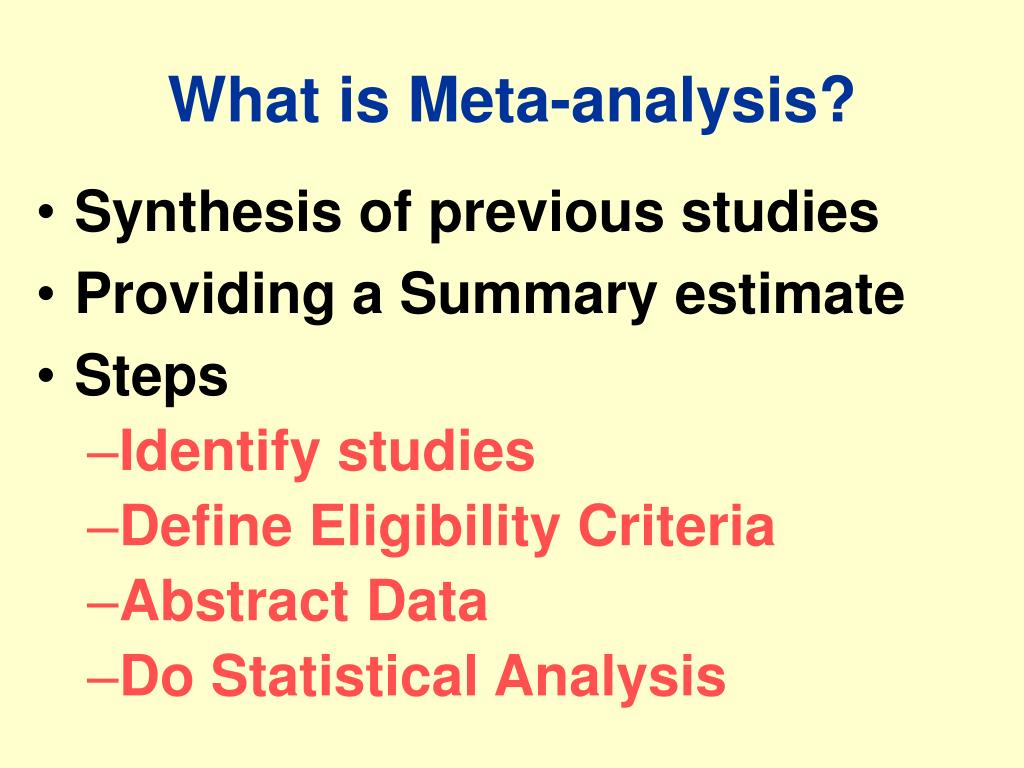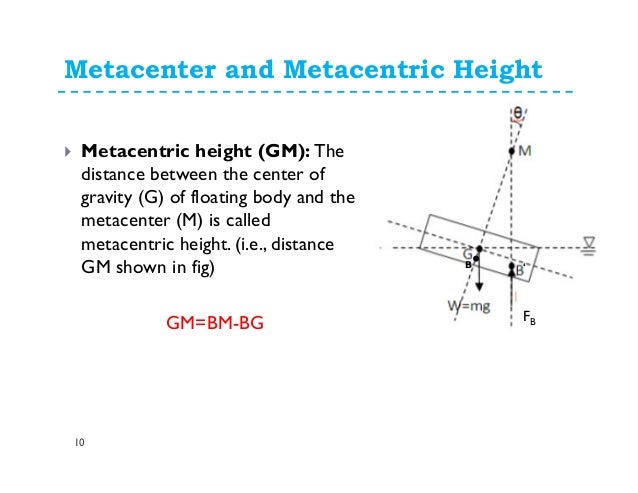
DEFINE METAIMAGE SERIES
First, it suggests that any picture is at least potentially a kind of vortex or "black hole" that can "suck in" the consciousness of a beholder, and at the same time (and for the same reason) "spew out" an infinite series of reflections. The ever-present potentiality of the metapicture has several implications for the rest of your question. This third meaning implies, of course, that any picture whatsoever (a simple line-drawing of a face, a multi-stable image like the Duck-Rabbit, Velasquez's Las Meninas) can become a metapicture, a picture that is used to reflect on the nature of pictures. Third, the picture that is framed, not inside another picture, but within a discourse that reflects on it as an exemplar of "picturality" as such. Second, the picture that contains another picture of a different kind, and thus re-frames or recontextualizes the inner picture as "nested" inside of a larger, outer picture. (Technically, I gather, the term first appeared in reference to heraldry, where the division of a coat of arms into increasingly diminutive sectors containing other coats of arms traces the evolution of a genealogy). This is most routinely and literally seen in the effect of the "mise en abime," the Quaker Oats box that contains a picture of the Quaker Oats box, that contains yet another picture of a Quaker Oats box, and so on, to infinity. In Picture Theory I tried to distinguish three different kinds of metapictures: First, the picture that explicitly reflects on, or "doubles" itself, as in so many drawings by Saul Steinberg, in which the production of the picture we are seeing re-appears inside the picture.

Bal calls for a "qualified return to ‘close reading' that has gone out of style" (10) in What Do Pictures Want?, you suggest that answers to the central questions of visuality "must be sought in the specific, concrete images that most conspicuously embody the anxiety over image-making and image-smashing in our time." We'd like you to comment on this, but perhaps you first could talk a little bit about what you in Picture Theory call the "metapicture," since that conceptualization made us think about Bal's notion of a "thinking" object in the first place? In What Do Pictures Want? you describe critical practice as a way of responding to a "resonant" object, and this made us think about Mieke Bal's description of the object that "talks back" in her Travelling Concepts of the Humanities (8-10). For this specific issue of Image and Narrative, it would be very interesting to hear your thoughts about the iconoclasm of a number of the grand narratives of cultural theory in recent years, not least against the background of your idea of "living images" in What Do Pictures Want? But let us begin with "the object," and return to the more sweeping claims of theory later.Visual Studies Today – The Power of Imagesįrom the online magazine Image & Narrative, November 2006.Image Science: Visualization and Contemporary Art.Julije Knifer and the Problem of Representation Ĭould this be the problem? Aren’t links supposed to be like this: "/whatever.
DEFINE METAIMAGE CODE
One thing I have noticed in the generated source code is that the double quotes are being removed from around the links. What am I doing wrong and how can I fix it? In some places only the description is pulled up or description and title but never the image. However, this does not work on Whatsapp, Facebook, Twitter or Discord.

I have tried to check if this works by going to a website like MetaTags.io and they are able to pull it up there. You can see the page here and view the source. The image is accessible when I go to it directly. This head partial is included in my baseof.html.

In my partial ( here), I have defined the meta tags are follows: The metaimage parameter links to the image for the OG tags in the static folder. This is my frontmatter in all my posts:. I am unable to have my open graph images show up on any platform, even though I think I’ve implemented them correctly.


 0 kommentar(er)
0 kommentar(er)
